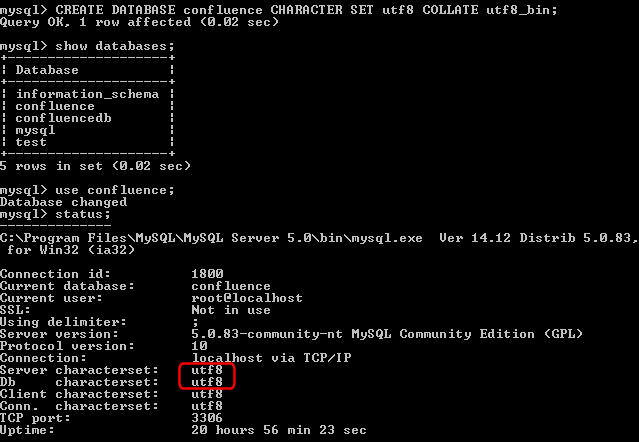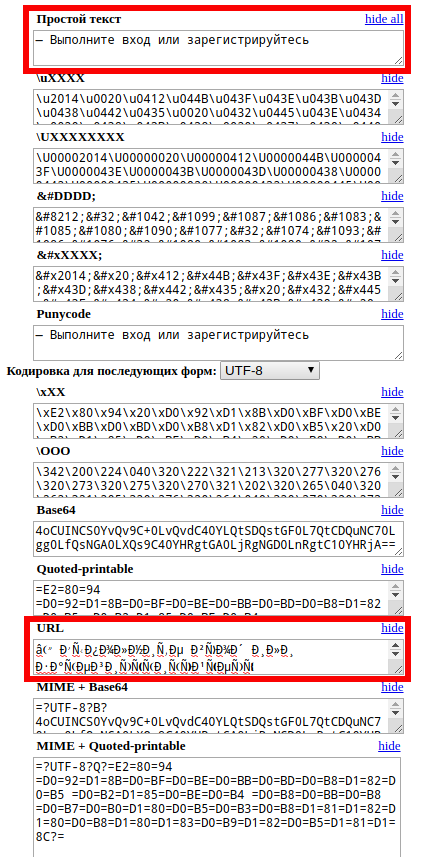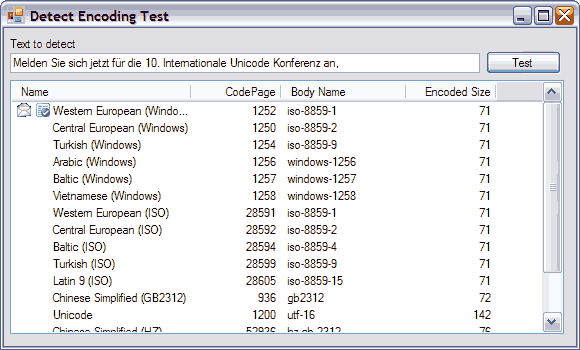
Roughly to an encoding called UCS-2, or another one called UTF-16. Uses an encoding that uses two bytes to store each character, which translates

Less common characters are represented with two bytes, and even lessĬommon characters with three bytes, and so on.īecause Javascript was invented twenty years ago in the space of ten days, it That it needs a single byte (instead of four) to encode UnicodeĬharacters 0-127 - the so-called ASCII set, which includes the ones I listedĪbove. It wouldīe inefficient to waste 4 bytes on every "a" in the document - we want a way to For example, the English Bible or dictionary or people'sĮmail folders are mostly the characters a-z, A-Z, 0-9, and punctuation. But this would be really inefficientįor most documents. You can have 4 billion distinct characters. You could easily represent all of the characters in the Unicode set with anĮncoding that says simply "assign one number, 4 bytes (or 32 bits) long, forĮach character in the Unicode set." One 32-bit combo for each character means Unicode characters - think about all of the different languages and emoji and See on screen, say, 世 - into actual bytes. Encoding is the process of squashing the graphics you Aīyte is 8 bits, each of which can be 0 or 1, so a byte can have 2 8 orĢ56 different values. Let's try to straighten out how itįirst, some very basics about string encoding. Picked up JAVA_TOOL_OPTIONS: -Dfile.Node string encoding is all over the place. The below snippet indicate the setting of default character encoding using java HelloWorld “Picked up JAVA_TOOL_OPTIONS: -Dfile.encoding=UTF16″ to indicate usage of JAVA_TOOS_OPTIONS. As an output of this method, the console displays up as follows: In case we start JVM starts up using some scripts and tools, the default charset can be set using the environment variable JAVA_TOOL_OPTIONS to -Dfile.encoding = ”UTF-16” or any other which is then used up by the program whenever JVM starts in the machine. Method 2: Specifying the environment variable “ JAVA_TOOLS_OPTIONS.” Java -Dfile.encoding="UTF-8" HelloWorld, we can specify UTF-8 charset. Upon starting Java Virtual Machine, by providing the file.encoding system property Method 1: Using the Java System property “file.encoding” Methods: There are various ways of specifying the default charset value in Java. Setting default character encoding or Charset The package InputStreamReader in Java uses a method getEncoding() which returns the name of the character encoding used by this stream.
CHECK TEXT ENCODING CODE
Method 3: Code InputStreamReader.getEncoding()

faultCharset() method returns the default charset that is being used. The java package provides a static method to retrieve the default character encoding for translating between bytes and Unicode characters. System.getProperty(“file.encoding”) in Java returns the default charset that is used in the application, in case either the JVM is started with the -Dfile.encoding property or the JavaScript has not explicitly invoked the tProperty(“file.encoding, encoding) method, where the type of encoding is specified. Method 1: “file.encoding” system property Now let us brief about them before invoking them in the implementation part in order to get default character encoding or Charset There are various ways of retrieving the default charset in Java namely as follows: Getting default character encoding or Charset Therefore, calling tProperty(“file.encoding”, “UTF-16”) may not have desire effect while using InputStreamReader and other Java packages. Java caches character encoding in most of its major classes which requires character encoding. Therefore, the specification of the right character encoding plays an important role. The same combination of bytes can denote different characters in different character encoding.

In the absence of file.encoding attribute, Java uses “UTF-8” character encoding by default.Ĭharacter encoding basically interprets a sequence of bytes into a string of specific characters.

During JVM start-up, Java gets character encoding by calling System.getProperty(“file.encoding”,”UTF-8″).


 0 kommentar(er)
0 kommentar(er)
